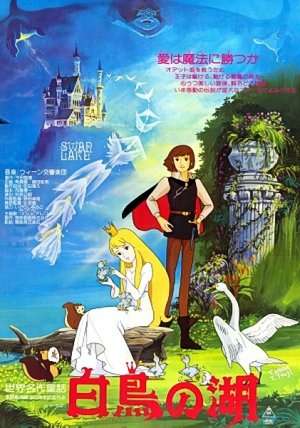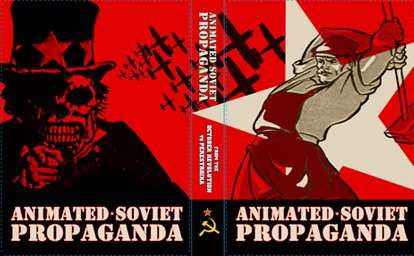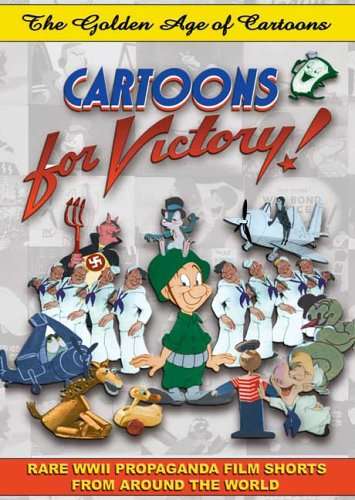Quote:
Animation by Anatoly Petrov, The first of 4 Greek mythological stories with an erotic character about Aphrodite and Eros he made between 1989 and 1996.
The style is quite experimental on the first two, as he strived for a 3 dimensional effect using just handcrafted cel-animation means.
For animating it means he drew 2 layers for each animation sequence, which doubles the amount of animation drawings.and he drew them all by himself, showing his extraordinary skills and speed as animator.
There are many switches in style in the animation, sometimes using sketch material,at other times fully worked out animation, and from black and white to colour, etc. It gives the animation a quit experimental character. A sort of deconstructed style
The nudity and erotique character of the 4 animations is unique for soviet animation. With every animation of the serie the erotism gets more explicit. The 4 are the only Russian erotic animation art known to meRead More »








